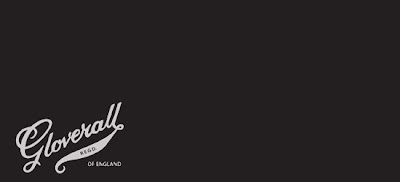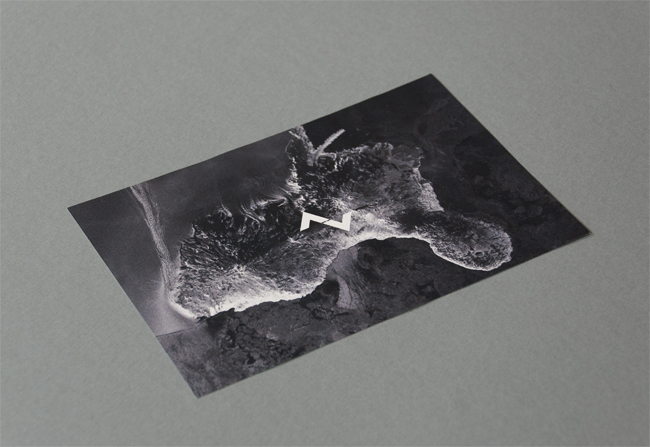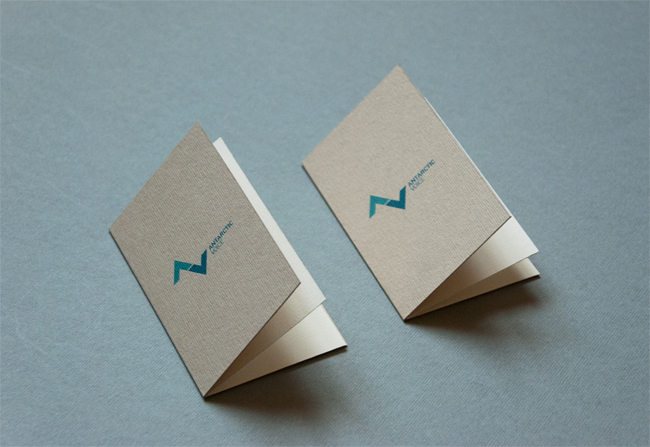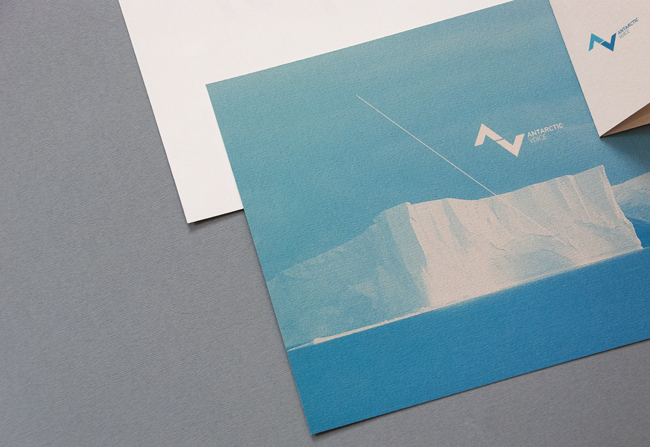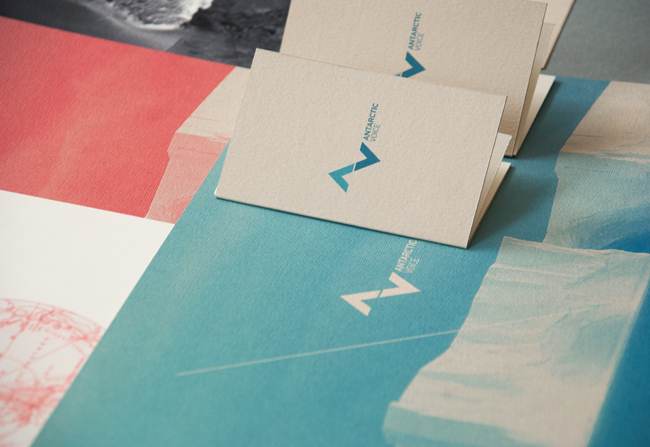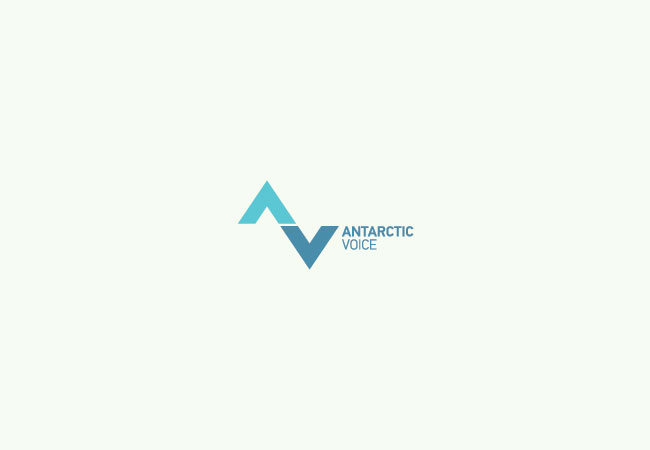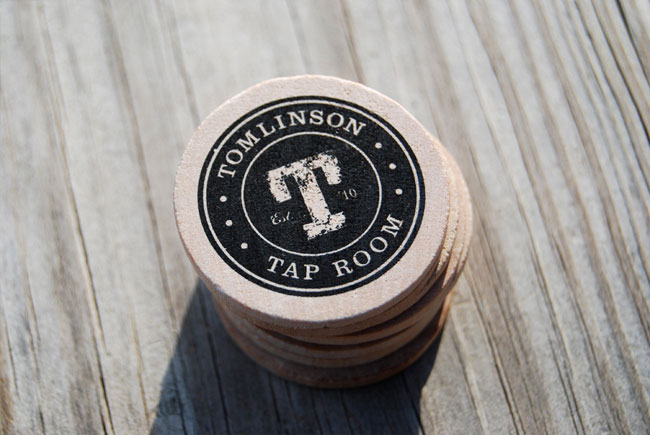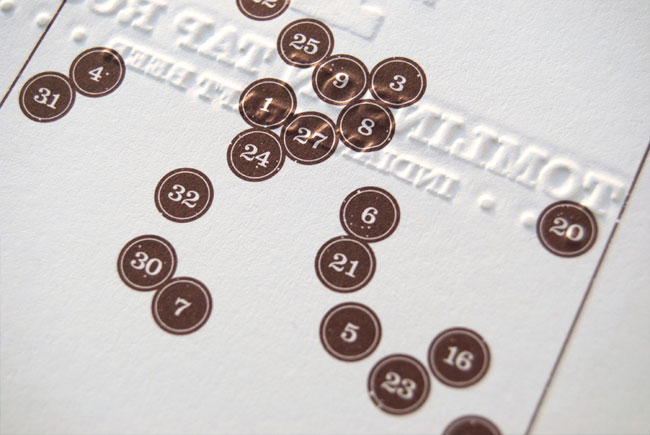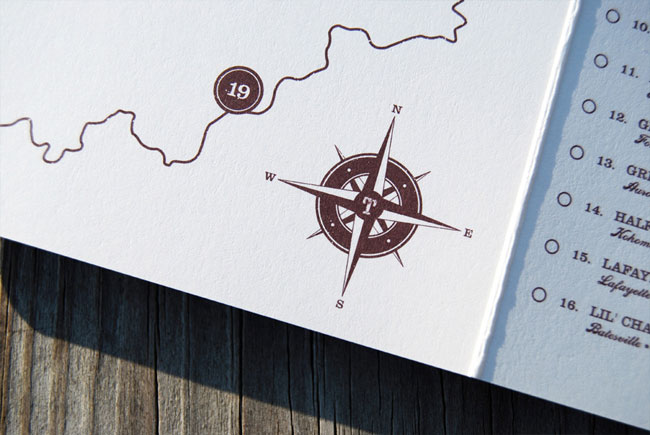Wellcome Collection is a free visitor
destination for the incurably curious. Located at 183 Euston Road,
London, it explores the connections between medicine, life and art
in the past, present and future. The venue offers visitors
contemporary and historic exhibitions and collections, lively
public events, the world-renowned Wellcome Library, a café, a
bookshop and conference facilities.
“It seems that the soul... loses itself in
itself when shaken and disturbed unless given something to grasp on
to; and so we must always provide it with an object to butt up
against and to act upon.” Michel de Montaigne, 'Essais', 1580
'This exhibition was one of the two in the museum. Focusing on humans emotional attatchment to objects that supposedly have some power behind them, that has the potential to influence their lives in some way.'
'Amulets have appeared throughout history and
across many cultures in an infinite variety of forms. Each has been
invested with the hope or belief that it could somehow mediate on
behalf of its owner. They are tiny embodiments of the anxieties we
feel about our human frailties, their assumed powers often drawing
on the dark arts of superstition and magic.'
Unfortunately photography of any kind was not permitted so I have raided the websites online gallery to give a visual representation of what I saw.
"The widespread wearing of red coral is for life and health, by its
colour sympathy with blood." Edward Lovett, 'Magic in Modern London', p.
79
Lower jaw of a small animal with silver mount and suspension chain. Used as an amulet.
"I do not know of any object which for its size enjoys such a reputation
as the acorn. I do not allude so much to the natural object, which when
ripe falls from the cup and thus loses its character. I refer to the
acorn design, which is so widely met with and made in so many different
materials." Edward Lovett, 'Magic in Modern London', p. 63. Carved horn acorn in two pieces, containing a bell. Used as an amulet against lightning.
Collection of Medicinal Product Packaging revolving around the subject matter of insects.
Annie Cattreil
SENSE, 2001-03
SENSE, 2001-03
'This sequence of sculptures illustrates the activity patterns of
the human brain as it responds to the five senses: touch, smell,
sight, hearing and taste. Scans of a subject's brain using each of
the senses were produced with functional magnetic resonance
imaging. These scans were then converted into three-dimensional
physical structures of amber resin using a rapid-prototyping
process. The elegant simplicity of the sculptures belies the
complexity of the technology required to make them.'
 This sculpture sequence is a visual representation of the exploration of the
five human senses within the brain. The patterns the responses have
create are the aspect that intrigues me the most. From a visual design
aspect, this is the kind of work I always come back to, and can see myself being inspired by it in future projects.
This sculpture sequence is a visual representation of the exploration of the
five human senses within the brain. The patterns the responses have
create are the aspect that intrigues me the most. From a visual design
aspect, this is the kind of work I always come back to, and can see myself being inspired by it in future projects. 






































